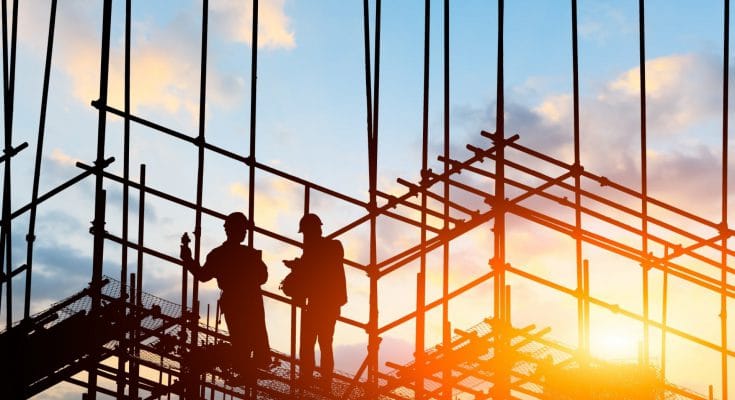How does an industry sustain and survive in the market? What happens when the conditions are volatile? It adapts to the situation and improves itself to provide what the customers want. When we say ‘it,’ we actually mean the key players in the industry. They are-
- The builders,
- Real estate advisory companies, and
- Agents
who tend to stay in touch with the latest trends and adapt themselves to suit the flow.
Over the years, the construction industry has embraced new technology to stay relevant. It has focused on delivering quality commercial and residential projects to various customers. The rise of the pandemic in 2020 has resulted in a similar shift. The emphasis is on leaner and agile methods of construction using advanced technology.
According to real estate news shared by experienced analysts, the five tech trends driving the construction industry are-
Artificial Intelligence in Construction- Robotics
Artificial intelligence and machine learning algorithms are being adopted by almost every industry. The construction sector is not lagging either. AI helps provide a better understanding of where, when, and how to build a project. It helps identify target audiences and improves the quality of construction. From risk mitigation to cost control, AI handles issues that affect the success of the project. Robots are fast becoming a valuable asset to construction companies. They reduce the problems caused by labor migration and unforeseen delays.
Increasing Use of Drones Technology
Drone cameras make mapping an easy job. The project managers, engineers, and architects do not need to spend days and weeks understanding a location. Drones take pictures of the site from various top angles. 2D and 3D models of the project are being created, including the minute details. According to one of the real estate blogs, India is among the fastest-growing consumers of UAVs (Unmanned Ariel Vehicles).
Building Information Modeling and Cloud-Based Collaborations
Collaboration is crucial in the construction industry. The success of business real estate depends on how well the departments work together to complete the project. Miscommunication can cause significant construction problems. It results in poor buildings and poorly designed layouts. The cloud-based modelling system allows everyone to access the latest information. It ensures that the communication between different work areas is flowing.
3D Modeling
When buying property, you might notice how the 3D models are replacing the paper drawing and printouts. Professionals are relying on 3D models to create accurate plans and layouts for massive commercial and residential projects. Not only that. 3D printing is being considered a cost-effective, time-saving, and labour-saving process of construction. It also reduces wastage and saves water.
Moreover, it is an eco-friendly process. We may soon see 3D printing take giant leaps in the construction industry.
IoT (Internet of Things) Sensors
IoT will be an integral part of building smart city infrastructure. Sensors across the city are connected to the internet. The information shared by the sensors helps manage and control resources in real-time. Water, electricity, and sewerage are the three major facilities. By managing these facilities, we can provide a seamless living experience for people. In the construction industry, IoT will track the progress of work. It helps to make sure that everything is aligned and in sync with the other.
Conclusion
Property trends in real estate and the construction industry will see more such changes. These changes will become a basis for more developments soon. The end of 2021 might bring about more such changes. Technology will help streamline the system. It will ensure high-quality services for affordable prices, even in fluctuating market conditions.




